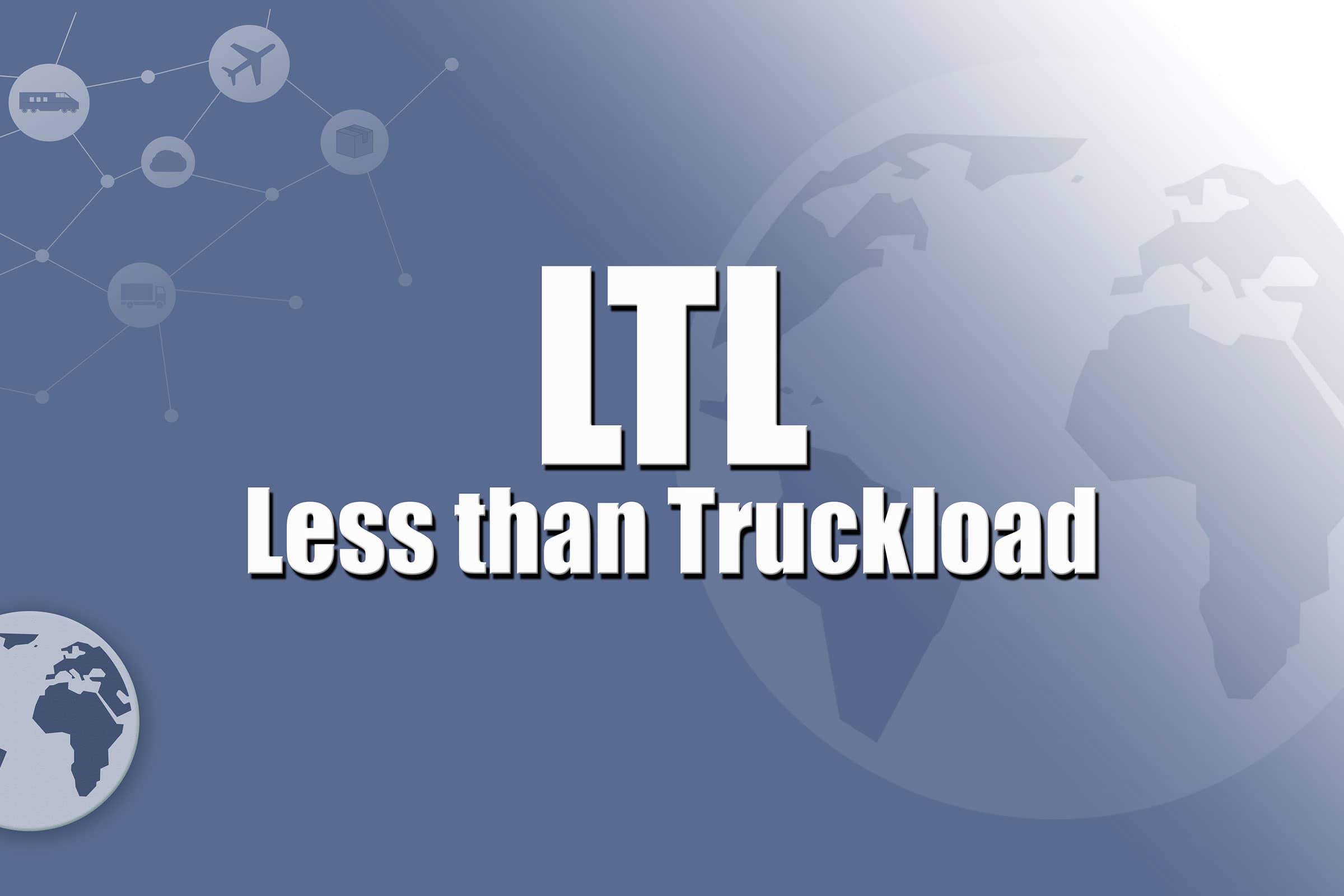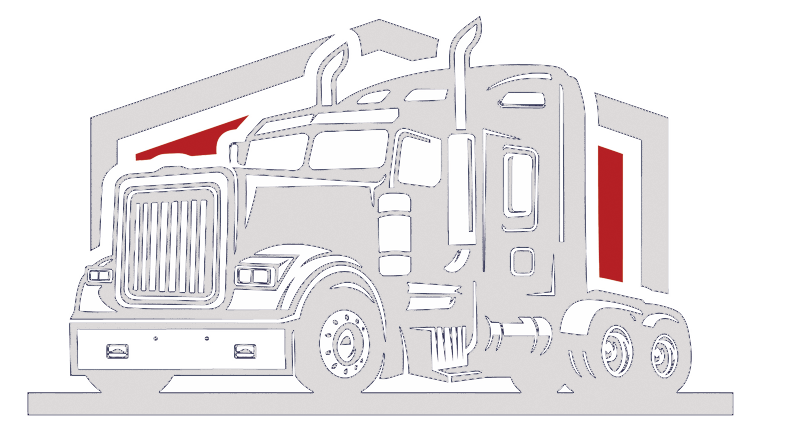
What Is LTL (Less Than Truckload)?
Are you looking for an efficient and cost-effective shipping solution? Look no further than Less Than Truckload (LTL) shipping! LTL is a type of freight transportation that allows businesses to ship smaller loads at competitive prices. With the right approach, this method can offer many benefits, such as faster delivery times and fewer damages compared to other shipping options. In this article, we’ll take a look at what LTL is, its types and benefits, how to pack for it effectively, and tips on finding reliable carriers. So if you’re ready to learn more about LTL freight and make the most of your shipment needs, let’s get started!
Key Takeaways
- LTL shipping is a cost-effective and efficient solution for smaller loads.
- LTL carriers offer a variety of pricing structures and optimize routes for safe and timely delivery.
- Various LTL freight types, such as cross docking, palletizing, weight-based routing optimization, and freight consolidation, offer cost savings and increased efficiency.
- Proper packing, selecting a reliable carrier with insurance, and using route optimization tools are key factors in successful LTL shipping.
What is LTL Shipping?
LTL shipping is a cost-effective way of transporting smaller shipments that don’t require the capacity of a full truckload. It’s ideal for those sending anything from one pallet up to several thousand pounds and can be tracked every step of the way. LTL freight offers transit times that are generally faster than other methods, and you can adjust shipping regulations or insurance coverage as needed. This type of shipment provides cost efficiency without sacrificing quality and reliability, making it an attractive option for businesses who want to save money while still ensuring their cargo arrives safely and on time.
Benefits of LTL Shipping
You can reap significant benefits from shipping your freight via less-than-truckload (LTL) carriers, with cost savings and efficient delivery times. LTL carriers offer a variety of pricing structures to reduce costs, while optimizing routes for safe and timely delivery. Safety regulations are strictly enforced to ensure the safety of your shipment, and risk management protocols are in place to minimize any potential risks associated with the transportation process. Furthermore, LTL carriers offer greater flexibility than full truckload services in terms of scheduling and payment options. By leveraging their expertise in logistics, you can rest assured that your goods will arrive safely without breaking the bank.
Types of LTL Freight
By utilizing the services of an LTL carrier, you can benefit from cost-effective and timely delivery of a variety of freight types. From cross-docking to palletizing, weight-based routing optimization to freight consolidation, there are various types of LTL freight available.
| Freight Type | Description | Benefits |
|---|---|---|
| – | – | – |
| Cross Docking | Transferring goods from one mode of transport to another without storing them | Cost savings, time efficiency, better inventory control |
| Palletizing | Shipping goods on skids or pallets | Easier handling and storage, increased safety during transport |
| Weight Based Routing Optimization | Maximizing load capacity by optimizing routes | Increased profits due to cost savings associated with more efficient route planning |
| Freight Consolidation | Combining shipments into larger loads for transportation | Reduced shipping costs and faster delivery times |
The right type of LTL freight can make a huge difference in your cargo deliveries. With the help of an experienced LTL provider, you can find the best options that fit your needs and budget.
How to Pack for LTL Shipping
When it comes to LTL shipping, proper packing is key for a successful delivery. Packing supplies such as boxes and pallets should be chosen based on freight dimensions and weight limits. Loading techniques should also be considered, as the right technique can ensure the safe transport of goods. Additionally, careful consideration should be given to carrier selection in order to find the best rate and service for your needs. When done correctly, these processes will help ensure that your shipment arrives safely and on time. Be sure to obtain necessary documentation from carriers before shipping so that any issue can be resolved quickly in the event of an unexpected delay or damage.
Shipping Tips for LTL Freight
Shipping LTL freight doesn’t have to be a hassle; with the right tips and tricks, you can ensure your goods arrive safely and on time. Start by comparing carriers to get the best cost for your shipment. Packing materials are important, too: use bubble wrap or foam cushioning to protect fragile items during transit. Monitor cargo tracking to stay up-to-date on transit times and locations. Lastly, make sure you select a reliable carrier that offers insurance in case of accidents or delays.
| Task | Tips | Benefits |
|---|---|---|
| – | – | – |
| Cost Comparison | Compare rates from different carriers | Find the best cost for your shipment |
| Packing Materials | Use bubble wrap/foam cushioning | Protect fragile items during transit |
| Transit Time Monitoring | Track cargo location/times regularly | Stay informed on delivery progress & arrival date |
| Carrier Selection | Choose one with insurance & reliability | Ensure the safety & timely delivery of goods |
Finding Reliable LTL Carriers
Now that you know the basics of shipping LTL Freight, it’s time to look for reliable carriers. Finding a carrier who can handle your shipment quickly and safely can be difficult. To make things easier, here are some tips for finding reliable LTL carriers:
- Research:
- Compare carriers by looking at their reviews and pricing comparisons.
- Use route optimization tools to find the most efficient option.
- Ask Around:
- Connect with other business owners who might have previously dealt with certain carriers.
- Ask them about their experience and get recommendations from them.
- Final Check:
- Do a final check on all the information you’ve gathered before making your decision. This will help ensure that you make an informed decision when selecting a carrier.
Frequently Asked Questions
What is the difference between LTL and FTL (Full Truckload) shipping?
LTL and FTL shipping differ in cost, optimization of space, and environmental impact. LTL is more cost-effective, allows for better route planning, helps to optimize space, while FTL can provide a quicker delivery schedule with less environmental impact. Consider a cost-benefit analysis to determine the best option.
How long does an LTL shipment typically take?
Storing goods, freight brokers, and carrier selection impact an LTL shipment’s transit time. Generally, pallets are shipped within a few days to a week, depending on the location of origin and destination. Consider working with a shipping broker for the best carrier selection and storing goods most efficiently for optimal transit times.
What documents are required for an LTL shipment?
You will need a Consignment Note, Tracking Logistics, and Warehouse Storage forms to arrange an LTL shipment. Additionally, you should consider the Packaging Strategies and Shipping Regulations for optimal results.
Are there any restrictions on what types of items can be shipped via LTL?
Yes, there are restrictions on what can be shipped via LTL. Dangerous Goods and items of certain sizes may not be allowed. Pickup scheduling and delivery times must also be considered, as well as insurance coverage for the item being shipped.
How can I estimate the cost of an LTL shipment?
You can estimate the cost of an LTL shipment by weighing your options, such as delivery timescale, delivery tracking, shipping insurance, and packing materials. Research different companies to compare their prices and services before making your decision.
Conclusion
You’ve learned all about LTL shipping, its benefits, and the different types of freight it covers. You know how to pack for a successful shipment and tips to keep in mind while doing so. Most importantly, you now understand the importance of finding reliable LTL carriers who can offer quality services at affordable rates. With this knowledge in hand, you’re prepared to make an informed decision when selecting your next LTL shipper.

